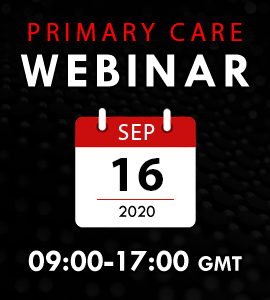Sheida Naderi-Azad
University of Toronto,Canada
Title: High vs. low dose oxytocin for induction or augmentation of labour
Biography
Biography: Sheida Naderi-Azad
Abstract
Statement of the problem: While it is widely known that oxytocin can be used as an inducing and augmenting agent for labour, there is limited information on whether high-dose oxytocin results in a clinically significant change in labour. This study examines whether high dose oxytocin for induction or augmentation of labour safely shorten time to delivery.
Methodology: A systematic review of the literature was conducted using Medline, Embase, Cochrane, and Central databases. A total of 374 were included in this review. Articles were further selected based on recency of publication as well as depth of detail regarding the PG treatment regimens Inclusion criteria were women at term requiring either augmentation or induction of labour. Intervention was intravenous high dose oxytocin administration. The primary outcome was cesarian section, whereas secondary outcomes included spontaneous vaginal delivery, time to delivery, uterine hypertonus, and 5min Apgar score.
Findings: Systematic reviews report decreased rates of cesarean delivery and increased rates of spontaneous vaginal delivery, shortened duration of labour, and no difference in rates of Apgar scores less than 7 at five minutes among studies with high versus low initial doses and incremental doses of oxytocin for labour augmentation. Findings of individual studies with respect to cesarean section and spontaneous vaginal delivery were inconclusive. Studies consistently reported shorter intervals from administration of oxytocin to delivery and higher rates of hyperstimulation in high dose regimes. Apgar rates less than 7 at five minutes were not different.
Conclusion and significance: Administration of oxytocin in regimes starting at 4 mU/min and increasing incrementally at 4 mU/min is associated with fewer cesarean sections and higher rates of spontaneous delivery without fetal comprise compared to lower dose regimes.

